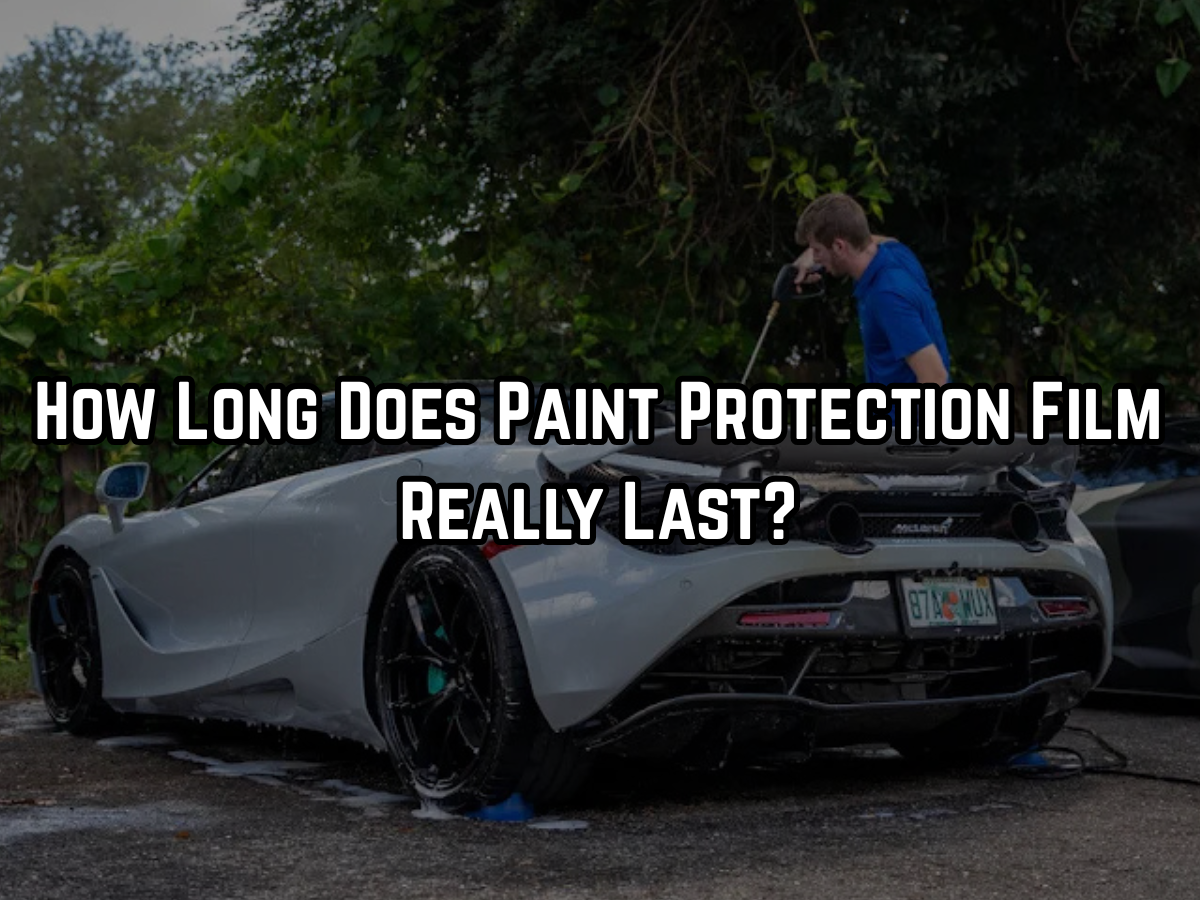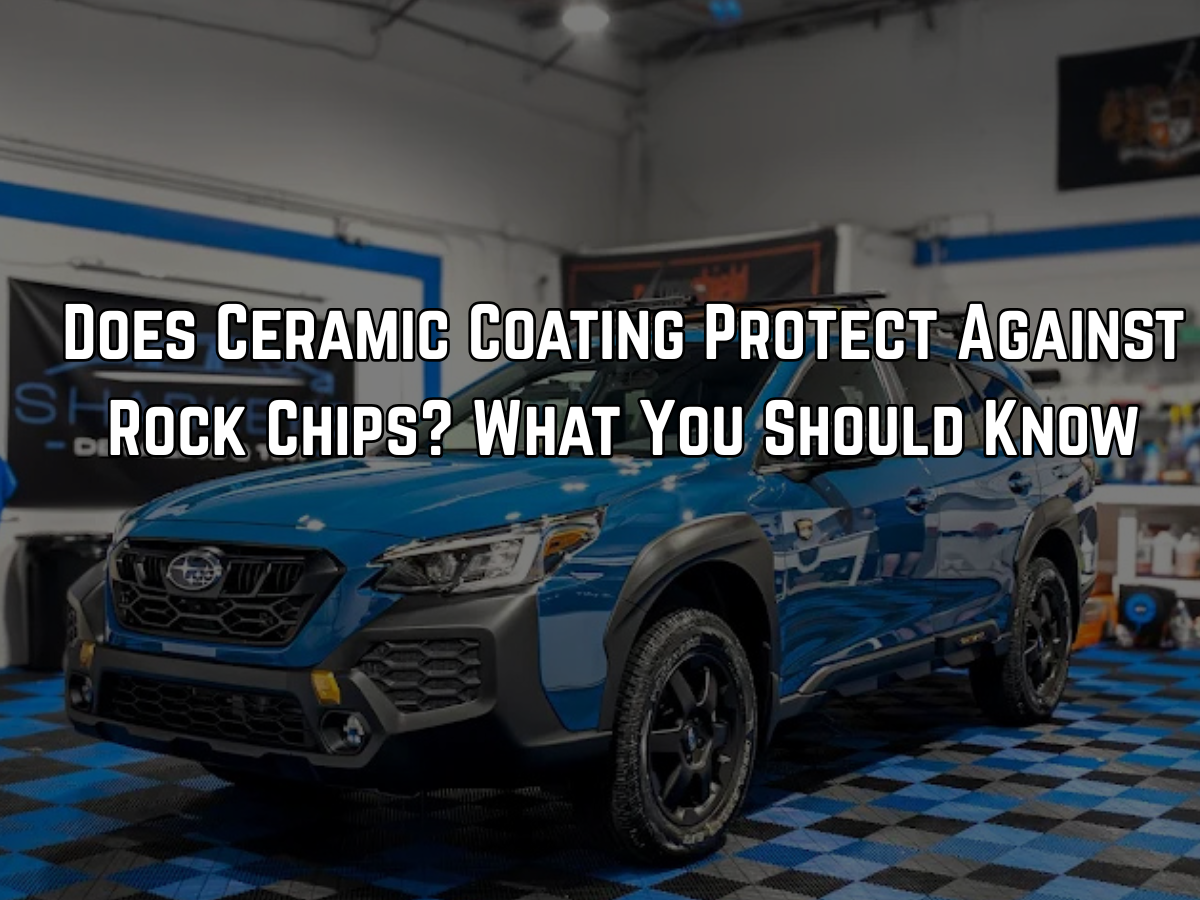Quality Car Tint vs Cheap Tint, What’s The Real Difference?
Car tint isn’t just about looks. It’s protection, comfort, and even savings. But here’s the catch: not all tints are created equal. A cheap tint might seem like a bargain upfront, but it can cost you in the long run, literally. Let’s break down what truly separates a high-quality tint from a low-quality one.
Key Takeaways
- Quality tints last longer, up to 10 years or more.
- Cheap tints fade, bubble, and peel much faster.
- Heat and UV protection are drastically better in premium films.
- Legal compliance is more reliable with reputable brands.
- Long-term costs are often lower with quality tinting.
What Makes a Tint “Quality” or “Cheap”?
Let’s clear up what we mean by “quality” and “cheap” tints.
| Quality Tint | Cheap Tint | |
|---|---|---|
| Material | Ceramic, carbon, or multi-layer films | Dyed films, single-layer, low-grade materials |
| Heat Rejection | 50-70% (even up to 90% for top ceramic tints) | 10-20% |
| UV Protection | Blocks 99% of harmful UV rays | 40-60% at best |
| Lifespan | 7-10 years (often with lifetime warranty) | 1-3 years (with no warranty or limited coverage) |
| Appearance Over Time | No fading, no bubbles, stays dark | Fades to purple, peels, bubbles |
| Price Range | $250 - $600+ (depends on car size and film) | $100 - $200 |
Heat Rejection: Staying Cool in the Florida Sun
Heat rejection is where premium tints shine. High-quality films, like ceramic or nano-ceramic, can block up to 70% of infrared heat. That means a cooler cabin, less strain on your A/C, and better fuel efficiency.
Cheap tints? They might only block 10-20% of heat. You’ll still feel the burn, especially during hot summers.
UV Protection: Shielding You and Your Interior
A good tint doesn’t just keep your car cool, it protects you from harmful UV rays. Quality films block up to 99% of UVA and UVB rays. This helps prevent:
- Skin damage and premature aging.
- Fading and cracking of your dashboard, seats, and interior.
Cheap tints? They let a lot more UV through, leading to sun damage and faded interiors.
Durability: No Bubbles, No Purple Haze
You’ve probably seen cars with purple, bubbling tint. That’s a sign of cheap, dyed film breaking down.
Quality tints use stable dyes or no dyes at all (like ceramic tints). They resist fading, bubbling, and peeling, even after years of sun exposure.
With a premium film, you’re also less likely to face issues like:
- Adhesive failure (when the film starts peeling).
- Cracking under heat and pressure.
Legal Compliance: Don’t Risk a Ticket
Every state has window tint laws (like VLT, or Visible Light Transmission limits). Reputable brands provide films that meet these regulations, and they’ll give you a certificate of compliance.
Cheap tints often lack proper documentation. If you get pulled over, you might face fines or need to remove the film entirely.
Long-Term Cost: Cheap Today, Expensive Tomorrow
Here’s the thing: cheap tint seems like a deal. But consider:
- Replacement Costs: Low-quality film fades and fails, meaning you’ll pay for another tint job sooner.
- Resale Value: A bubbling, faded tint can lower your car’s resale appeal.
- Repair Costs: Removing a bad tint often damages your windows or defroster lines.
Quality tint is an investment; it protects your car’s value, your comfort, and your health.
Choosing the Right Tint: Quick Tips
When shopping for tint:
- Ask about the film type: Ceramic, carbon, or hybrid is best.
- Check heat and UV ratings:
Look for 99% UV rejection and at least 50% heat rejection.
- Get a warranty: A lifetime warranty is a good sign of quality.
- Verify compliance: Ensure the tint is legal for your state.
- Read reviews: See how the film holds up over time.
Conclusion
The difference between cheap and quality tint isn’t just price, it’s protection, durability, and peace of mind. A high-quality tint lasts longer, performs better, and saves you money in the long run.
Want to learn more about car window tinting options or detailing tips? Check out our other articles!




